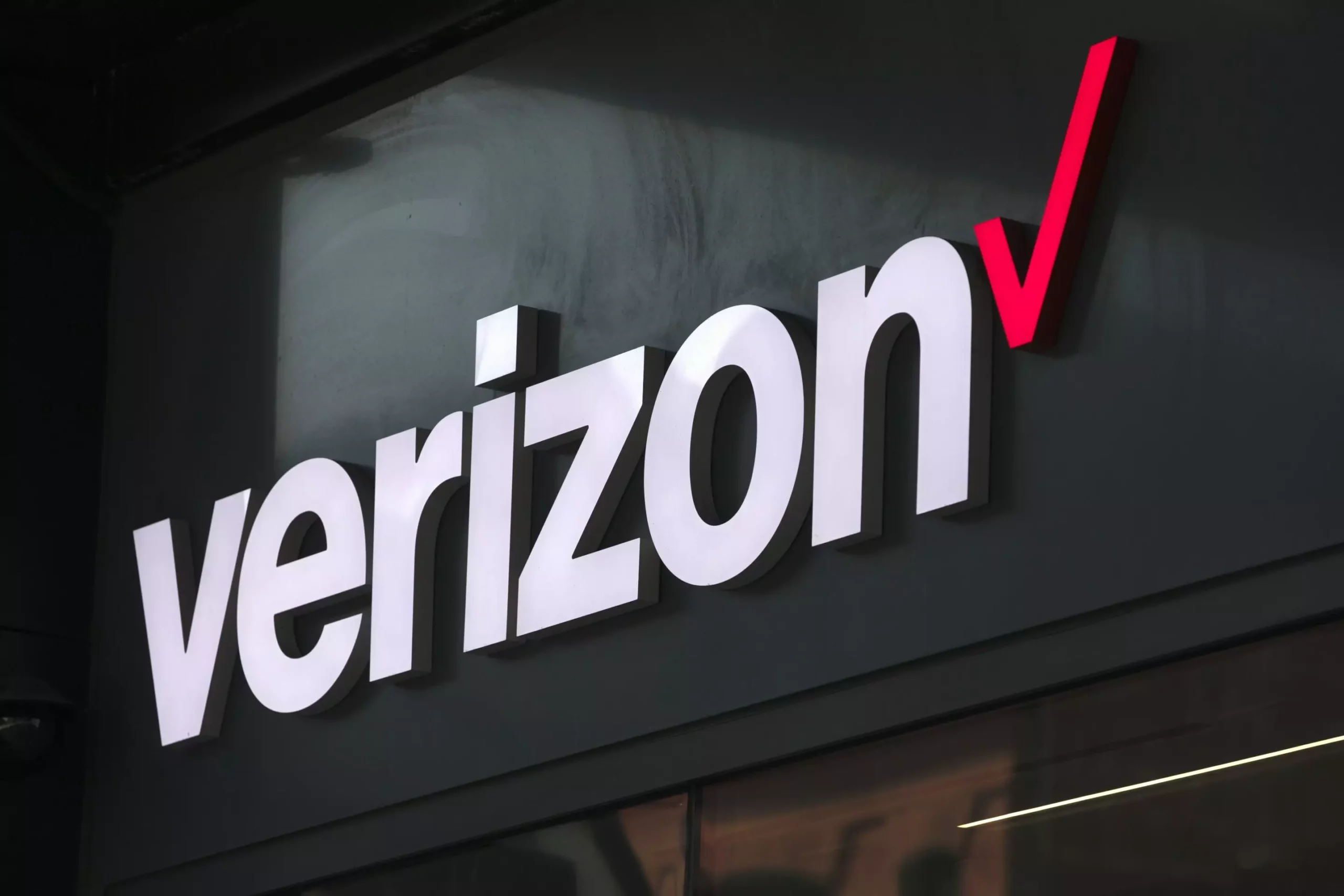On a recent Monday, a significant service outage struck Verizon customers throughout the United States. The disturbance impacted tens of thousands of users, as indicated by outage monitoring service DownDetector, which reported an influx of over 100,000 complaints shortly after 11 a.m. ET. Although this number reduced later in the day, around 48,000 customers were still experiencing connectivity issues by 4 p.m. ET. The outage not only disrupted regular communications but also raised concerns, particularly among residents in areas still recovering from Hurricane Helene.
Frustration was palpable among users who reported service disruptions across various regions. While the Southeastern U.S. bore the brunt of the issues, particularly due to its recent weather adversities, reports of connectivity failures reached users on the West Coast, in the Midwest, and throughout the Northeast. This widespread nature of the outage underscores the potential systemic issues that can occur in large telecommunications networks.
Verizon, based in New York, took to the social media platform X to acknowledge the outage, assuring customers that they were aware of the situation and that engineers had been deployed to investigate the matter. The company expressed its commitment to swiftly identifying the root cause and rectifying the issues plaguing their service. However, the lack of immediate details regarding the cause left many users feeling uncertain about the reliability of their service provider, particularly during a time when consistent communication is vital.
In response to the massive service disruption, the Federal Communications Commission (FCC) later addressed the situation, announcing that they were looking into the outage but providing scant information about its cause. The FCC’s involvement highlights the regulatory aspects of telecommunications and emphasizes the importance of maintaining consumer trust in service reliability.
Many Verizon customers, especially those using iPhones, reported seeing “SOS” alerts on their devices—an indication of their phones struggling to connect to Verizon’s network. This frustration was compounded by the knowledge that while emergency calls could still be made by accessing other networks, many users were still left in the dark regarding their regular mobile communication. In such instances, users were reminded of the option to utilize Wi-Fi calling, a feature frequently available on both Android and iPhones that allows calls to be made over a wireless internet connection.
The recent Verizon outage serves as a reminder of the vulnerability of mobile communication networks and the impact of such disruptions on everyday life. As telecommunications companies grapple with the challenges of maintaining service reliability, customers are left juggling their frustration and reliance on technology. As the industry evolves, it becomes increasingly essential for companies like Verizon to ensure that their communication strategies and infrastructure can withstand such unexpected challenges, thereby preserving customer trust and service consistency.

